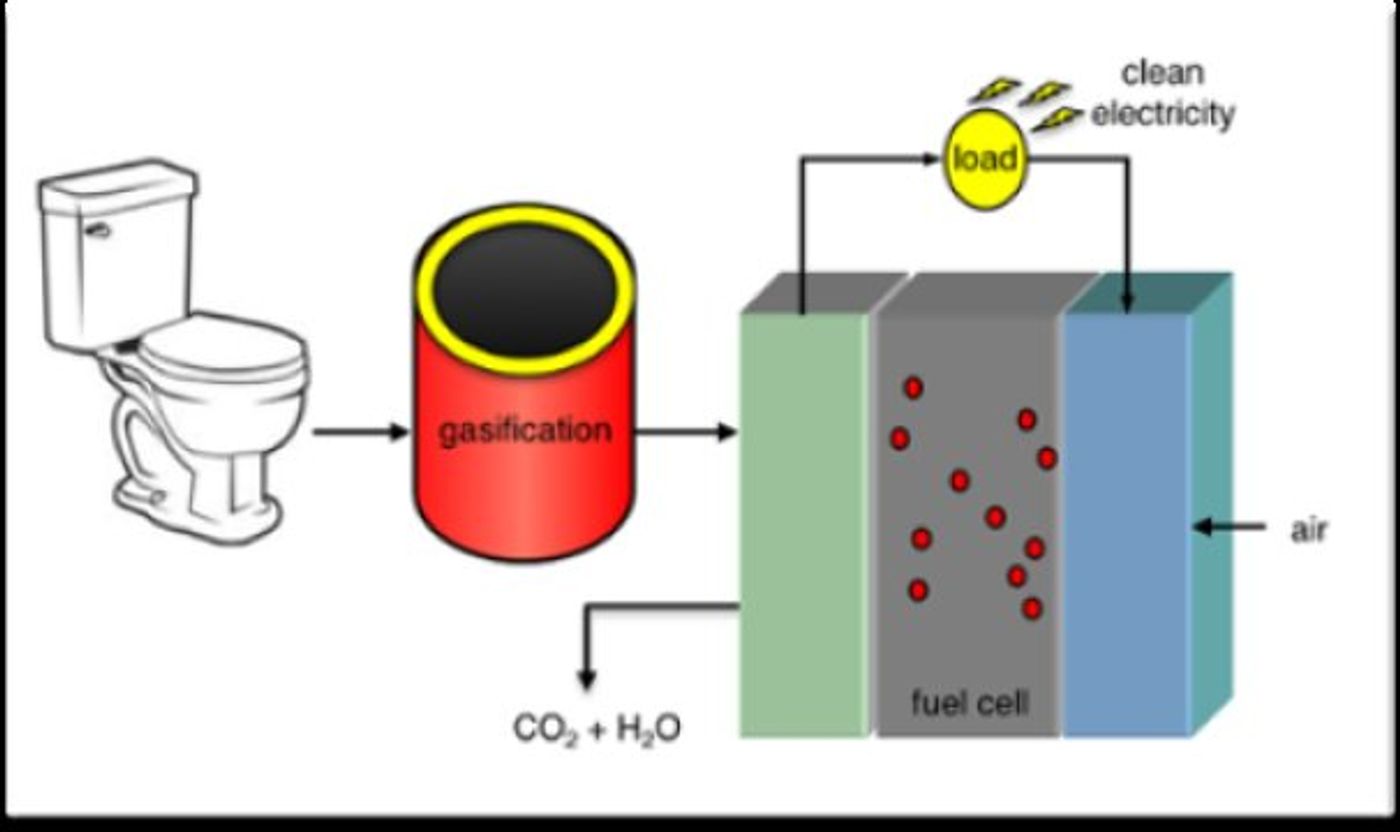Could your used toilet paper generate electricity?
Using waste toilet paper (WTP) to do anything even remotely productive may seem completely unreasonable, not to mention just plain gross. But chemists at the University of Amsterdam's (UvA) Sustainable Chemistry research priority area teamed up with colleagues from the Copernicus Institute of Sustainable Development of Utrecht University to challenge that assumption. Their study, published recently in the journal Energy Technology, proposes converting WTP into electricity, and the idea isn’t all that far out. (Then again, if you're looking to decrease the footprint of your toilet paper experience, watch the video below.)
Let’s lay out the idea. Because of its gross-factor, WTP is what business people call a material with “negative cost,” meaning that wastewater treatment facilities pay to get rid of it (in the Netherlands, up to 70 €/ton). That poses a great opportunity, economically speaking. And of course, there is no shortage of the material - people in Western Europe produce 10-14 kg of WTP per person annually! Then add to the equation that WTP is quite literally rich in carbon: it has 70-80 wt% of cellulose when dry. All these factors make WTP the perfect case for “the ultimate waste recycling concept”. And even better, technically the electricity generated would be considered renewable, as the cellulose in WTP stems from trees.
So how does it actually work? The team of researchers has proposed a two-step process: WTP gasification followed by direct conversion into electricity in a high-temperature solid-oxide fuel cell (SOFC). They wanted to assess the viability of this process at a scale of 10,000 ton WTP per year. In order to do so, the scientists utilized techno-economic analysis methods.
Their analysis demonstrates that overall electric efficiency is 57%, which is on par to that of a natural gas combined cycle plant. The levelized cost of electricity (LCOE, a measure used for consistent comparison of electricity generation methods) is 20.3¢/kWh. This, too, is comparable to current residential photovoltaic installations. All good news for used toilet paper.
Nevertheless, the system's capital costs are still a bit on the expensive side because of fuel cell investment costs. The scientists hope that as the market for fuel cells develops, prices will become more manageable. They even go so far as to say that the system could boast a LCOE of about 11 ¢/kWh, as developments occur.
'When we discuss these results with companies, people get very excited', says the leader of the team, Gadi Rothenberg. Yet as of date, no Dutch company or municipal authority has volunteered to be the guinea pig investor. This is encouraging the scientists to look elsewhere for support: 'We might see the first WTP-to-electricity plant being built in China', according to Rothenberg.
Sources: Science Daily, Energy Technology









